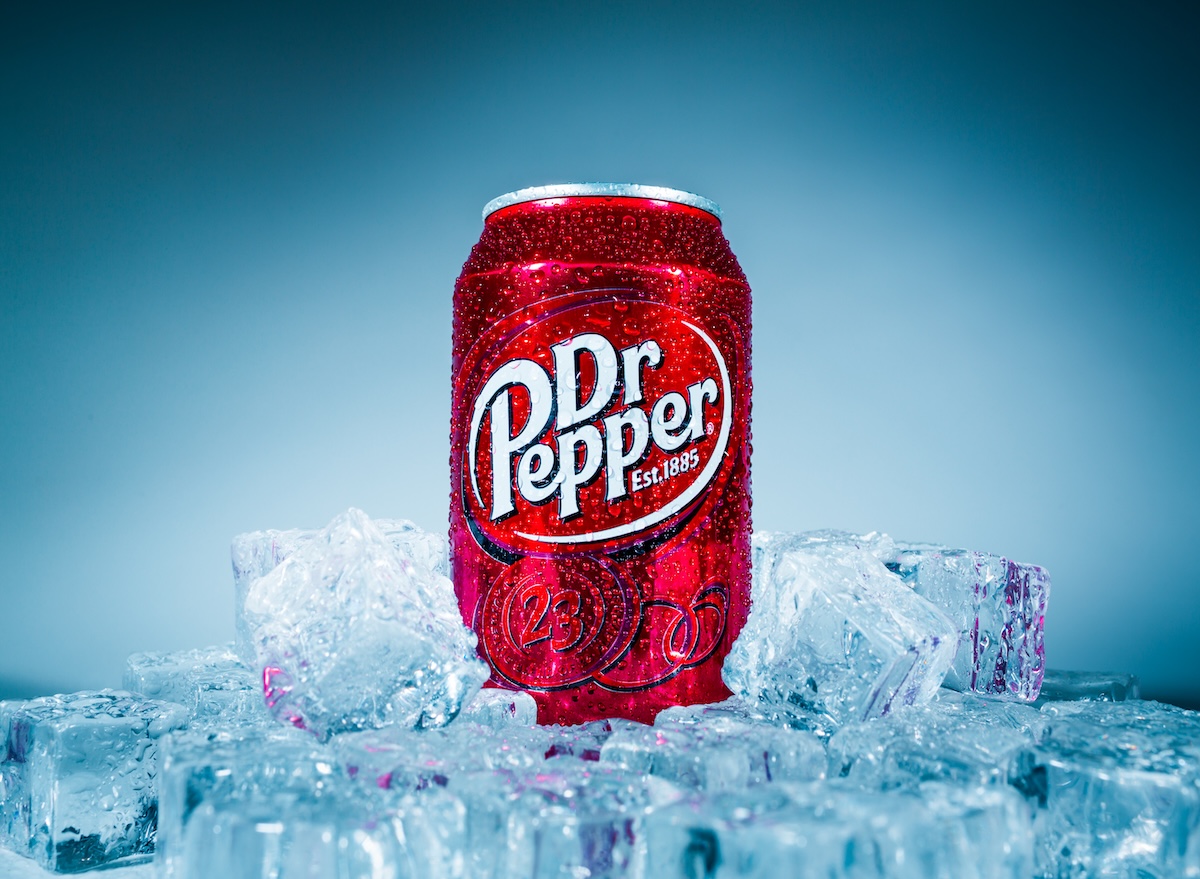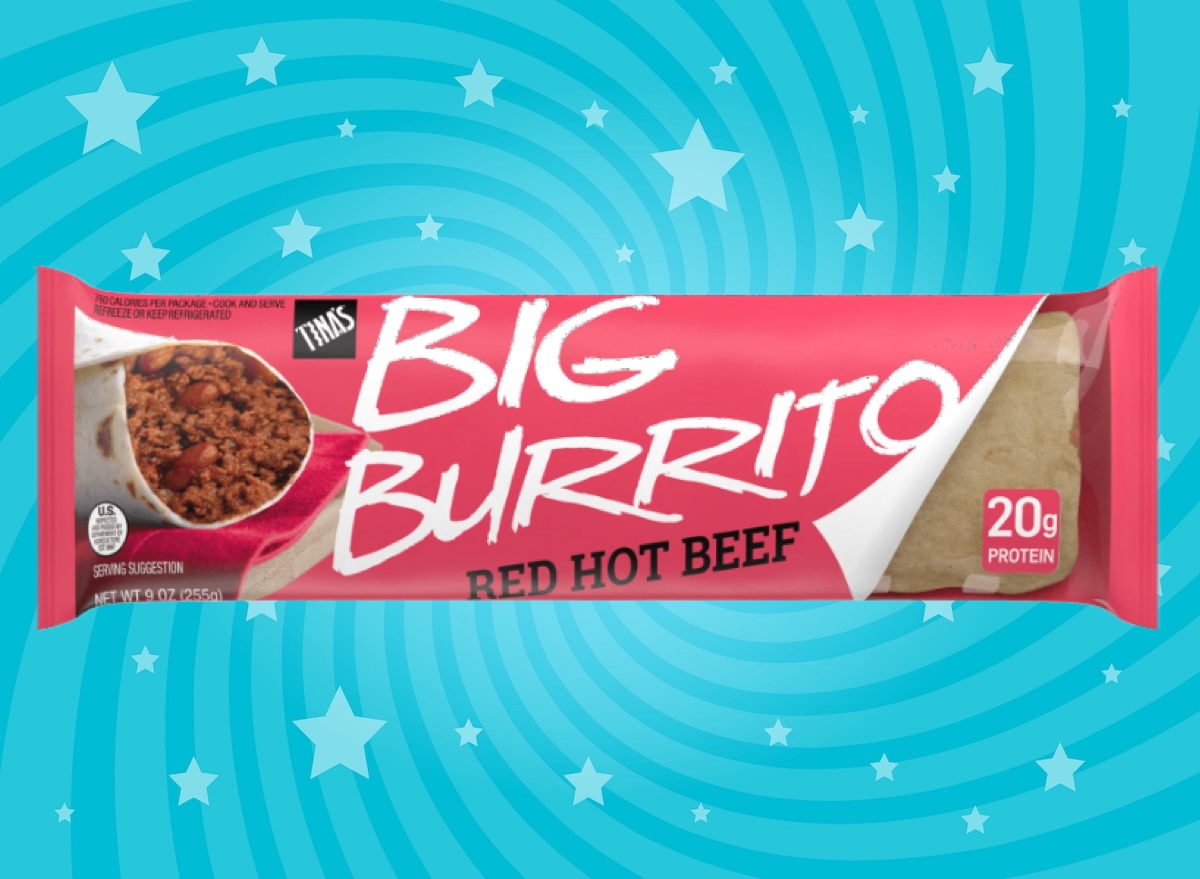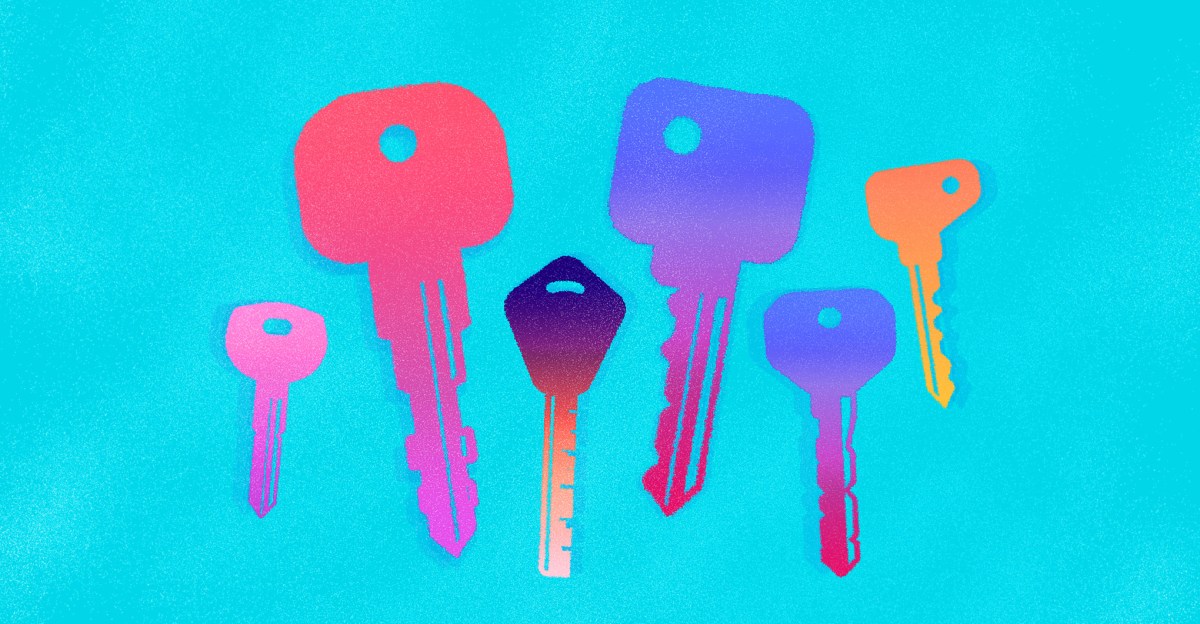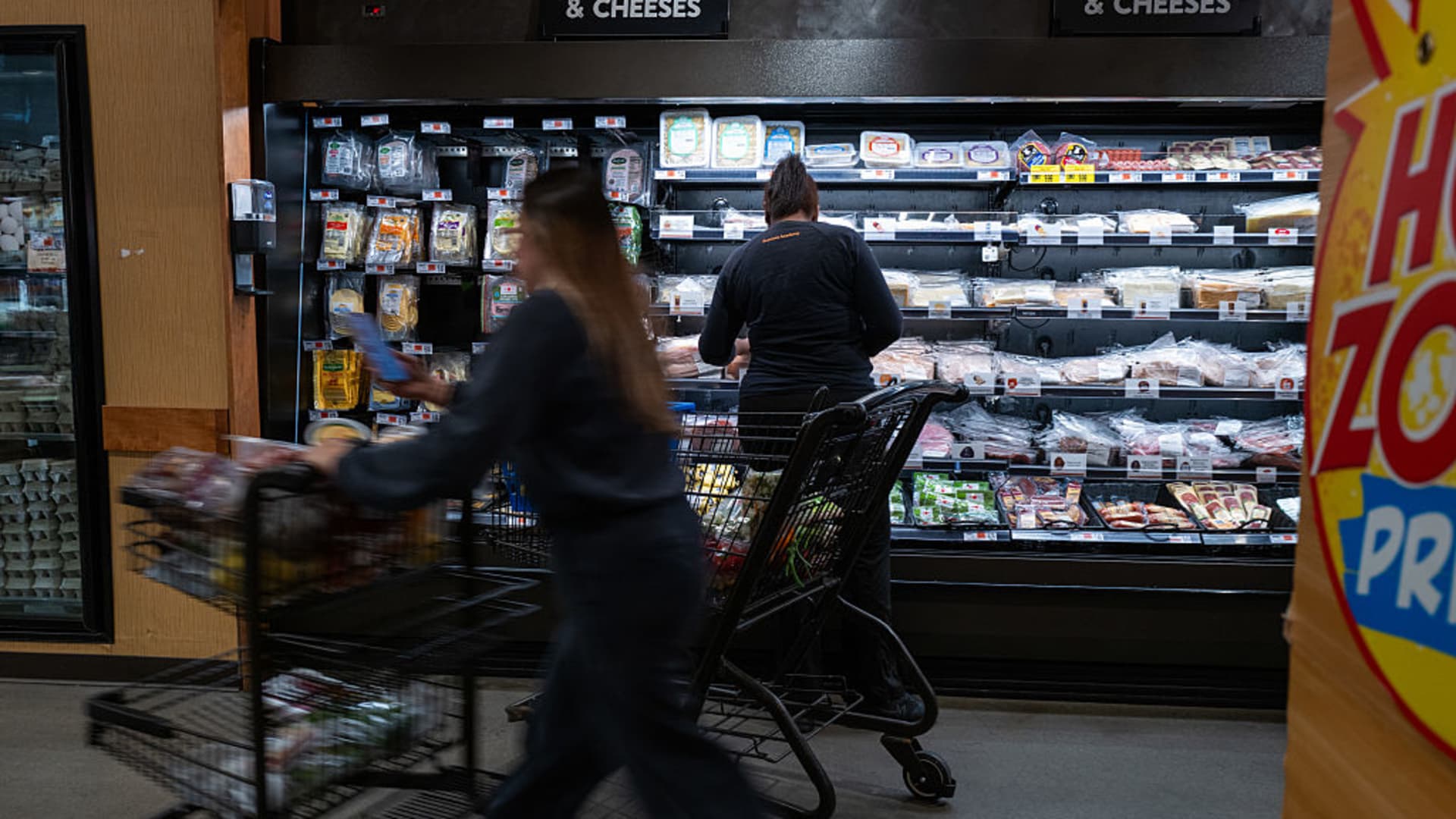An individual can develop insulin resistance when his/her “body is exposed to too much blood sugar over an extended period of time.”

Insulin is a hormone in your body that regulates blood sugar levels. According to the Centers for Disease Control and Prevention (CDC), insulin is “so important that you can’t live without it.” A person can develop insulin resistance when his/her “body is exposed to too much blood sugar over an extended period of time.”
6 Warning Signs Of Insulin Resistance
In an Instagram post shared on August 6, Dr Kunal Sood, an anesthesiology and interventional pain medicine physician, reveals six warning signs that indicate you might have insulin resistance.
Increased Belly Fat
High insulin levels promote fat storage, especially around the abdomen. When cells stop responding well to insulin, the body compensates by producing more of it. This excess insulin signals fat cells, particularly in the abdominal region, to store more energy. Over time, visceral fat builds up, increasing inflammation and the risk of type 2 diabetes and heart disease.
Acanthosis Nigricans (Darkened Skin Folds)
Insulin resistance leads to elevated insulin in the bloodstream. High insulin can bind to insulin-like growth factor (IGF-1) receptors on skin cells, stimulating rapid growth and causing thick, velvety patches, typically on the neck, underarms, or groin.
Fatigue After Meals
Insulin-resistant cells don’t absorb glucose effectively, even when the blood sugar level is high. This means your cells remain energy-deprived, making you feel sluggish. On top of that, insulin spikes can cause a rapid drop in blood sugar (reactive hypoglycemia), leading to post-meal crashes, irritability, and tiredness.
Cravings For Carbs Or Sugar
Insulin resistance often causes unstable blood sugar levels. After eating, sharp insulin spikes can cause blood sugar dips, triggering rebound cravings for more sugar or starch to restore energy balance
Skin Tags (Acrochordons)
These small, soft growths commonly appear in skin folds. Chronic high insulin level acts as a growth factor, promoting excessive cell proliferation in the skin. This is believed to occur through elevated IGF-1 and reduced IGF-binding proteins, which normally help regulate cell growth.
Increased Thirst
As blood sugar stays high, the kidneys attempt to flush out the excess by increasing urine production. This causes fluid loss, leading to dehydration. The resulting thirst is the body’s way of trying to restore hydration, but the cycle can continue if high glucose isn’t addressed.
What Are The Risks Of Insulin Resistance?
If not addressed carefully and in time, insulin resistance can lead to serious health complications such as high blood sugar levels, high triglycerides (a kind of fat found in the blood), high LDL (bad) cholesterol, low HDL (good) cholesterol, type 2 diabetes and increased risk of physical inactivity.
Follow TheHealthSite.com for all the latest health news and developments from around the world.
Subscribe to Our Newsletter Today!













Leave a Reply